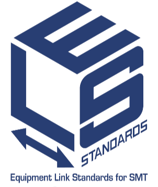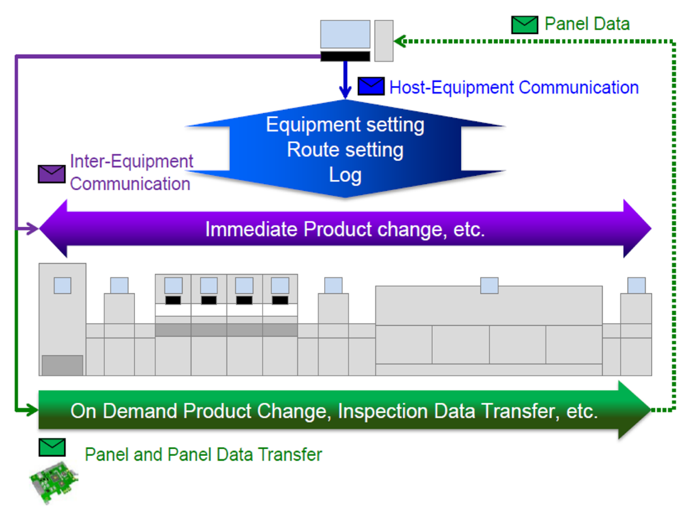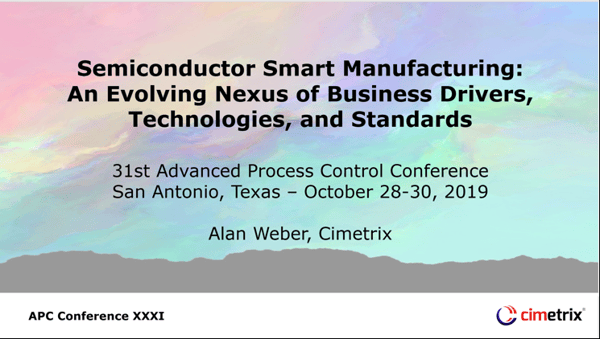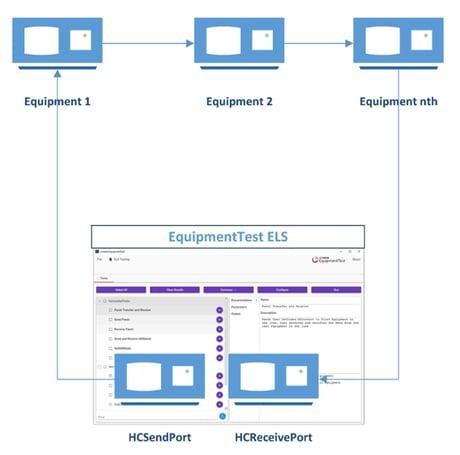![]()
오늘 1월 31일 SEMI 협회는 코로나바이러스가 확산됨에 따라서, 2/5일부터 개최 예정이였던 SEMICON Korea 2020을 전면 취소할 수 밖에 없음을 알려 왔습니다. 궁금한 점이 있으시면 연락주시기를 바라며, 건강에 더욱 유념하시기를 부탁드립니다.
The SEMI Association has announced that, due to recent health concerns, they feel they have no choice but to cancel SEMICON Korea 2020. Please let us know if you have any questions, and feel free to reach out to us at any time.
Read now in Korean or below in English.
세미콘 코리아 2020이 2월 5일부터 7일까지 코엑스에서 개최될 예정입니다. 씨메트릭스는 한국 파트너사인 링크제니시스와 부스 #C818에서 여러분들을 맞을 준비를 하고 있습니다. “Design the Future”라는 주제로 반도체 제조, AI등 첨단 주제를 30여개의 프로그램이 진행될 예정이면, 저희 씨메트릭스와 링크제니시스는 다음과 같은 내용을 준비하였습니다.
- 빅데이터/AI/머신러닝에서의EDA/Interface A의 역할 (고객사와의 공동 연구 제안 중)
- 최근 한국과 중국에서 씨메트릭스가 주최한 EDA 세미나에서 많은 관심을 받은 Freeze III에 관한 안내 – 큰 주목을 받고 있는 이유는 데이터 처리 속도의 괄목한 만한 향상에 대한 기대감
- EDA 개발시 혹은 검수시 오는 효율적이고 철저한 테스트의 어려움과 복잡함을 자동화를 통하여 해결
- 많은 장비회사가 미래 성장을 위해서 준비하고 있는 소프트웨어의 고도화를 위한 로드맵 제시
부디 방문해 주시기를 바라며 미팅을 원하실 경우 아래의 버튼을 통하여 신청해 주시기 바랍니다.
SEMICON Korea 2020 is almost here and Cimetrix is headed to the show! We will be co-exhibiting with our partner Linkgenesis at booth #C818. The show will be at COEX in Seoul on February 5-7. We look forward to the show and hope to see you there!
This year’s SEMICON Korea theme is: Design the Future and will feature more than 30 technology programs offering leading insights into semiconductor manufacturing, AI and more. Cimetrix recently held a seminar, in partnership with SEMI, around the topic EDA/Interface A, and this seems to be a major talking point both for SEMICON Korea, and around the world at this time.
If you want to find out more about EDA/Interface A, and how it can help with your Smart Factory goals, be sure to stop by our booth #C818. Some of the things you might learn are:
- How EDA/Interface A leads the Big Data/AI/Machine Learning initiatives in the semiconductor world.
- Hear recent news on the Freeze III that ensures a huge performance gain with existing EDA.
- EDA acceptance testing can be difficult due to its complexity. Find out an easy way of testing the EDA interface .
- Good equipment needs good software inside. Find out how to prepare competitive software with a good software roadmap.
We hope to see you at our booth, or you can request a meeting any time by clicking the button below.





 As hard as it is to believe, 2019 is over and 2020 has just begun! This is a great time to take a look back over the milestones and accomplishments of the Cimetrix team during 2019 and review some of the highlights! We are really proud of our team and we love to celebrate their hard work and accomplishments throughout the year.
As hard as it is to believe, 2019 is over and 2020 has just begun! This is a great time to take a look back over the milestones and accomplishments of the Cimetrix team during 2019 and review some of the highlights! We are really proud of our team and we love to celebrate their hard work and accomplishments throughout the year. Cimetrixは本年最後の業界エキジビションである、セミコンジャパン2019
Cimetrixは本年最後の業界エキジビションである、セミコンジャパン2019



 The 31st annual APC Conference is now in the history books, and the diversity of topics, presenters, and local distractions made it well worth the visit to San Antonio! This year’s agenda featured half-day tutorials on the basics of APC and cyber-security, keynotes from chip makers and leading suppliers on automotive industry requirements, smart equipment, and smart manufacturing, and a series of packed technical sessions covering sensors and equipment control, fault detection and feedforward/feedback control, advanced analytics, and standards.
The 31st annual APC Conference is now in the history books, and the diversity of topics, presenters, and local distractions made it well worth the visit to San Antonio! This year’s agenda featured half-day tutorials on the basics of APC and cyber-security, keynotes from chip makers and leading suppliers on automotive industry requirements, smart equipment, and smart manufacturing, and a series of packed technical sessions covering sensors and equipment control, fault detection and feedforward/feedback control, advanced analytics, and standards. The SMT-ELS standard has come a long way in a short time, and the ambitious, integrated demonstration created by 4 major SMT suppliers (Fuji, Juki, Panasonic, Yamaha) that was exhibited in June (Japan) and August (China) will again be shown in productronica (Munich, 13-15 November). The basic functions of SMT-ELS (officially designated at SEMI A1, A1.1, and A2) appear in the figure below.
The SMT-ELS standard has come a long way in a short time, and the ambitious, integrated demonstration created by 4 major SMT suppliers (Fuji, Juki, Panasonic, Yamaha) that was exhibited in June (Japan) and August (China) will again be shown in productronica (Munich, 13-15 November). The basic functions of SMT-ELS (officially designated at SEMI A1, A1.1, and A2) appear in the figure below. Cimetrix will likewise demonstrate this new standard at productronica, showing not only an equipment-level implementation of the M2M features but also the host-based configuration process and a plug-in for doing protocol validation tests.
Cimetrix will likewise demonstrate this new standard at productronica, showing not only an equipment-level implementation of the M2M features but also the host-based configuration process and a plug-in for doing protocol validation tests. If you would like any further information, you can speak with a Cimetrix expert, or you can stop by our booth at productronica this week (Hall A3 booth 451).
If you would like any further information, you can speak with a Cimetrix expert, or you can stop by our booth at productronica this week (Hall A3 booth 451). 


